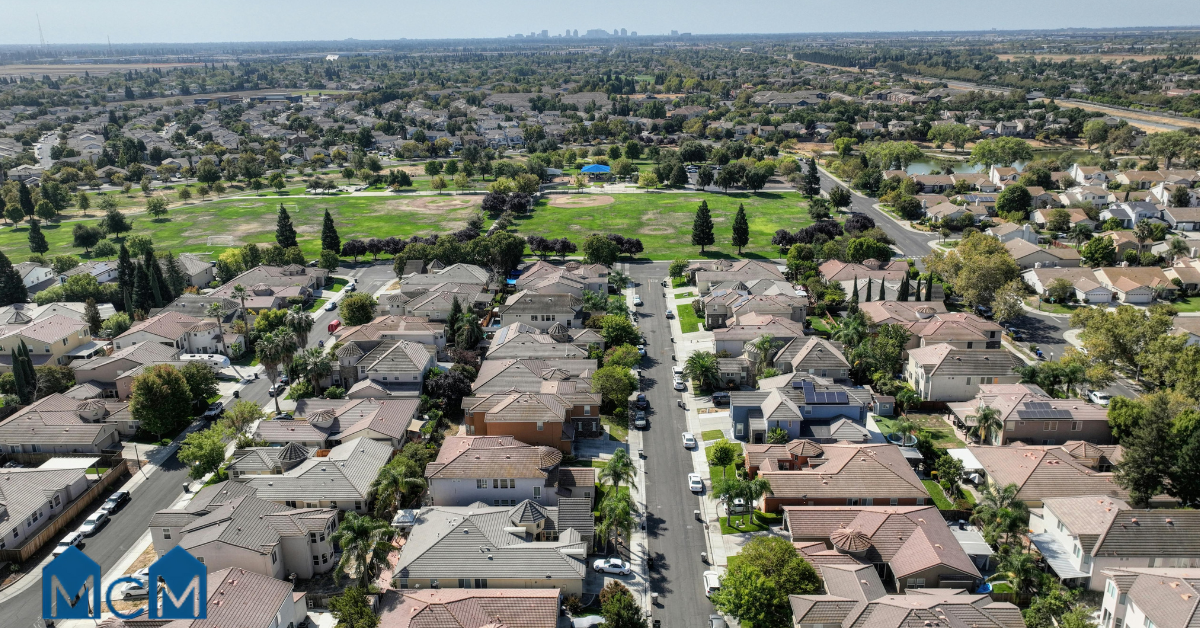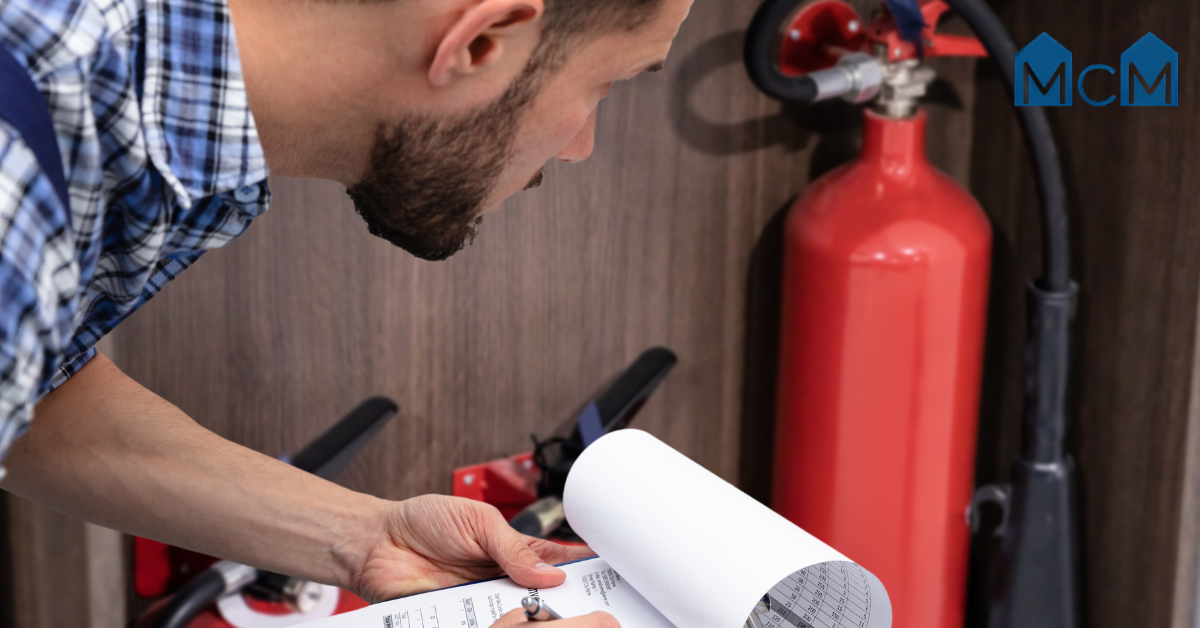Roofing Materials & Upgrades for Manufactured Homes


Choosing the right roofing for manufactured homes is a decision that balances durability, aesthetics, energy efficiency, and cost. Unlike traditional site-built homes, manufactured homes often have unique structural characteristics, such as different roof pitches and weight-bearing capacities, which necessitate a specialized approach to roofing materials and upgrades. This guide delves into the most common roofing options and essential considerations for manufactured homeowners looking to protect and enhance their investment.
Common Roofing Materials
The market offers a diverse array of roofing materials, each with distinct advantages and disadvantages tailored to various needs and budgets.
Metal Roofing
Often considered the premium option for manufactured homes, metal roofing boasts exceptional longevity, frequently lasting 40 to 60 years, with some systems warrantied for even longer. Its benefits are numerous, like the fact that it’s highly resistant to extreme weather, including winds exceeding 120 mph, and impervious to fire.
Lighter-colored metal roofs can reflect a significant portion of solar radiation, reducing heat gain and lowering cooling costs. Its relatively lightweight makes it an ideal "roof-over" candidate, often installed directly over existing shingles, simplifying installation and reducing waste.
It generally requires minimal upkeep once installed. However, metal roofing comes with a higher upfront cost than some alternatives. Noise during heavy rain or hail can be a concern for some, and while durable, it can be susceptible to denting from impact. Common types include aluminum (rust-proof, but more expensive) and galvanized steel (good value and durability).
Asphalt Shingles
Asphalt shingles remain a popular choice due to their affordability, widespread availability, and variety of colors and styles that mimic traditional roofing. This is one of the most budget-friendly options for initial installation. Individual shingles can be replaced relatively easily if damaged.
Despite their popularity, asphalt shingles have a shorter lifespan (15-30 years) compared to metal and are more prone to wind uplift. A critical consideration for manufactured homes is that their trusses may not support multiple layers of asphalt shingles. Therefore, a complete tear-off of the old roof is usually necessary before installing new asphalt shingles, adding to the labor and disposal costs.
Single-Ply Membranes
For manufactured homes with low-slope or flat roofs, advanced membrane systems offer excellent performance. TPO (Thermoplastic Polyolefin) is a robust and energy-efficient single-ply membrane known for its durability against punctures, tears, and dirt accumulation. Its white surface significantly reflects sunlight, making it highly energy-efficient. TPO offers a lifespan of 15-20 years.
EPDM (Ethylene Propylene Diene Monomer) rubber is a synthetic rubber membrane offering an affordable and flexible solution. EPDM is UV-resistant, easily patched, and can be relatively straightforward for DIY installation, with a typical lifespan of 10-20 years.
PVC (Polyvinyl Chloride) membranes are similar to TPO; PVC offers exceptional strength, chemical resistance, and fire retardancy, making it suitable for storm-prone areas. Its lifespan typically ranges from 20 to 30 years.
Liquid Coatings
Liquid coatings are primarily used for extending the life of an existing roof or for emergency repairs rather than as a primary roofing material. They create a seamless, waterproof barrier and can offer reflective properties to improve energy efficiency. While affordable and easy to apply, their lifespan (5-10 years) is shorter than that of other options, making them a temporary solution or a performance enhancer for an otherwise sound roof.
Built-Up Roof (BUR) & Rolled Roofing
Built-Up Roof (BUR) consists of multiple layers of asphalt and reinforcing plies. BUR is traditionally used for flat roofs, offering good insulation and fire resistance. Rolled roofing is an affordable, easy-to-install option often chosen for its simplicity, but generally has a shorter lifespan (10-20 years).
Strategic Upgrades and Key Considerations
Beyond material selection, several strategic upgrades and factors can significantly impact the success and longevity of your manufactured home’s roof. The first crucial decision is choosing between a roof-over and a full replacement.
A roof-over involves installing new roofing material directly over the existing roof. It's often more cost-effective and less disruptive, particularly suitable for lightweight materials like metal panels or membrane systems. However, the existing roof must be structurally sound and free of significant leaks or deterioration.
A full replacement entails completely removing the old roofing before installing new material. While more expensive and labor-intensive, a full replacement allows for thorough inspection and repair of underlying structural issues, providing a completely fresh start and ensuring optimal performance of the new roof.
Improving your roof's energy efficiency can lead to substantial savings on utility bills. Opting for white or light-colored metal, TPO, or silicone coatings can significantly reduce heat absorption, especially vital in hot climates. During a full roof replacement, upgrading or adding insulation is an excellent opportunity to enhance your home's thermal performance, improving comfort and reducing energy consumption year-round.
Older manufactured homes often feature flat or low-slope roofs, which can be prone to drainage issues and may not offer the same aesthetic appeal as a pitched roof. Installing a pitched roof structure over the existing flat roof can dramatically improve drainage, boost curb appeal, and allow for the use of a wider range of traditional roofing materials like asphalt shingles or standing seam metal.
Climate-Specific Choices
Your local climate is a primary determinant in material selection. For hot climates, prioritize reflective materials to mitigate heat gain. When it comes to areas with heavy rain or snow, choose materials with superior drainage capabilities and watertight seals. Finally, for storm-prone regions, high wind resistance is paramount, making metal and certain membrane systems excellent choices.
Budgetary Planning
Roofing costs vary significantly based on material, project scope (repair, roof-over, or full replacement), and local labor rates. Always obtain multiple detailed quotes from reputable roofing professionals specializing in manufactured homes to ensure transparency and competitive pricing.
Navigating Permits and Codes
Before commencing any major roofing project, it's crucial to consult your local municipality regarding necessary permits and building codes. Adhering to these regulations ensures safety, legality, and can impact your home’s resale value.
The Importance of Maintenance
Regardless of the material chosen, regular visual inspections and timely repairs are key to maximizing your roof's lifespan. Addressing minor issues like loose fasteners, small tears, or clogged gutters promptly can prevent them from escalating into costly problems.
Invest in Your Home with MCM Communities
Choosing the ideal roofing for manufactured homes is a critical step towards enhancing its durability, energy efficiency, and overall appeal. From robust metal roofing providing decades of protection to versatile asphalt shingles and advanced single-ply membranes, each option offers unique benefits to meet diverse needs and budgets.
For manufactured homeowners seeking not just a roof but a comprehensive solution that prioritizes quality, affordability, and a superior living experience, MCM Communities stands ready to assist. Their expertise in manufactured housing, from new home sales to community management and construction, ensures your roofing project is handled with the highest standards, safeguarding your investment for years to come.
.svg)





